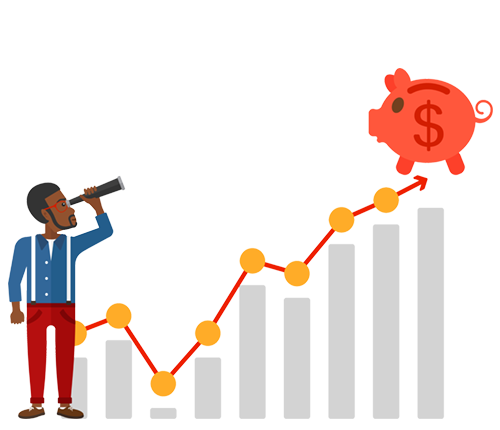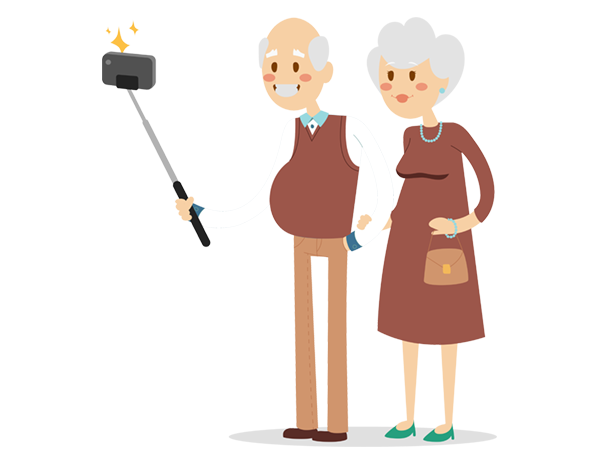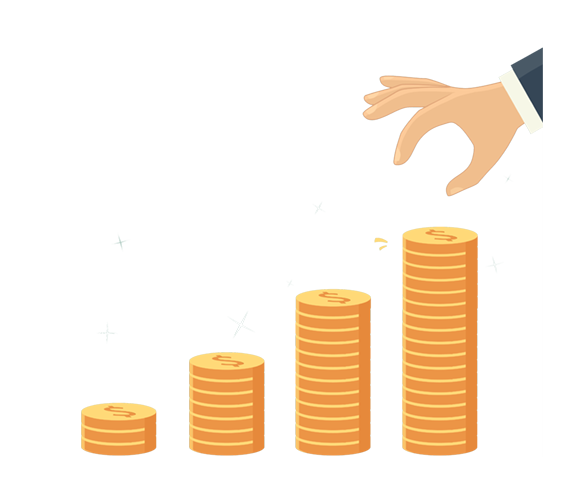Answers to
Practical Questions
I make about $60,000 a year and want to have around the same amount to spend when I stop working at age 65. How much do I have to save while I am working?

Good for you, your income is well above the national average for single people. The first step in the analysis is to know what your after-tax income is today. Want to calculate your after-tax income? simpletax.ca has a great tool for estimating after-tax income.
Let's say you live in Ontario. Using simpletax.ca as an example, if you earn $60,000, you will pay $11,686 in tax, leaving you $48,314 in after-tax income.
Let's also say you plan on making at least this much money until you are ready to stop working, and therefore you will receive the maximum CPP and OAS benefits, which total about $18,000 after-tax (see CPP and OAS definitions, above).
That means you will only need to replace about $30,000 ($48,314 – $18,000) once you stop working at age 65. Remember, the $18,000 from CPP and OAS is indexed to inflation already.
Now let’s assume you have great longevity in your family genes,
and everyone in your family lives to 95 – and then drops dead! That means you need to have saved enough money to provide you with $30,000 per year, indexed for inflation, for 30 years.
How much do you need to have saved to provide you with $30,000 per year, for 30 years, indexed to inflation? $500,000, $750,000, $900,000, or maybe $1,000,000?
TheAnswerIs $518,761 (based on a real return of 4%. For example, a nominal return of 6% less inflation of 2% equals a real return of 4%).


So, if you are 25 and have 40 years to save $518,761,
how much do you have to save per year?
Well, if you earn 8% per year, you need to save $2,002 per year, which equates to just 4% of your after-tax income, (i.e., $2,002 ÷ 48,314). If you pay an advisor 2% per year, or earn 6% per year, you will have to save $3,352 per year, which is 67% more than what you had to save above.
Another really important lesson here is that regardless of your current earnings, by saving a relatively small amount each year, it really adds up over time. Also, now that you know how small savings can multiply, you may well be motivated to save a bit more now in order to reach your financial liberty earlier.
